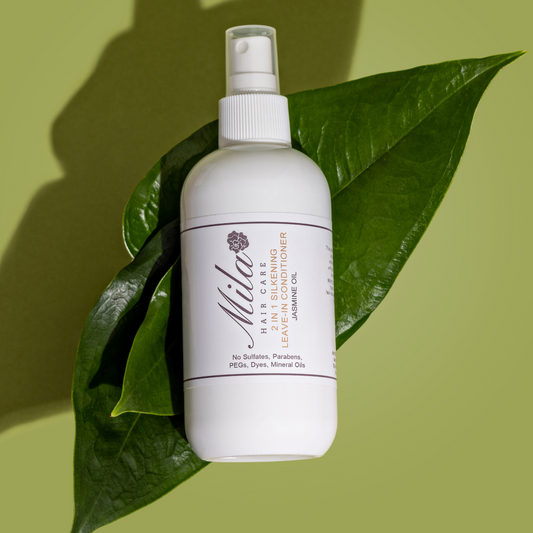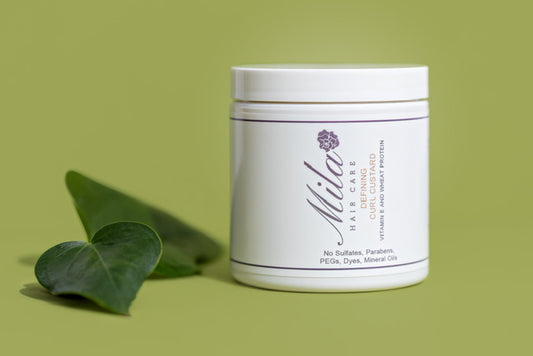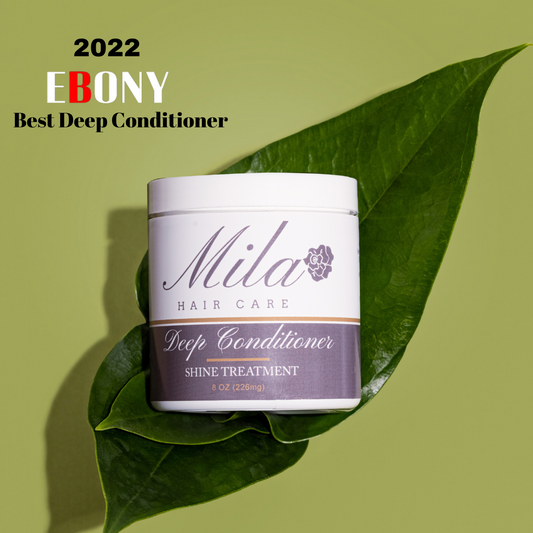As we all know curly hair comes in different patterns. Curly hair types is widely classified into three: type 2 (wavy), type 3 (curly), and type 4. (kinky and coily). There are three subtypes within each category (A, B, and C). These differ depending on the form and diameter of the curl. Type A people have larger curl patterns, and type C people have the shortest, tightest curls in the group.
-
Type 2 - Wavy Hair: This hair type features loose, S-shaped waves that can range from barely-there to more defined waves. Type 2 hair can further be divided into three subtypes: 2A (fine and loose waves), 2B (medium-textured waves), and 2C (coarser waves).
-
Type 3 - Curly Hair: This type showcases well-defined, spiral curls. The curls can be either loose (3A), medium (3B), or tight (3C). Type 3 hair tends to be more prone to frizz due to the natural shape of the curls.
-
Type 4 - Coily/Kinky Hair: This category encompasses tight coils and spirals. Type 4 hair is subdivided into Type 4A (tight coils with an S pattern), Type 4B (z-shaped coils with less defined curls), and Type 4C (extremely tight coils with minimal curl definition).
Challenges and Triumphs of Curly Hair Care:
While curly hair is undeniably beautiful, it also comes with its unique set of challenges. One of the primary struggles is managing frizz and maintaining curl definition. Curly hair tends to be drier due to the shape of the strands, which makes it more prone to frizz. Moreover, the natural oils produced by the scalp have a harder time traveling down the twists and turns of curly hair, leaving the ends susceptible to dryness.
To combat these challenges and enhance the natural beauty of curly hair, adopting a proper hair care routine is crucial. Hydration is key, which means using sulfate-free shampoos and conditioners that provide moisture without stripping the hair of its natural oils. Regular deep conditioning treatments and leave-in conditioners can help keep the hair hydrated and manageable. Additionally, using a wide-tooth comb or even just fingers for detangling can prevent breakage and preserve curl patterns



